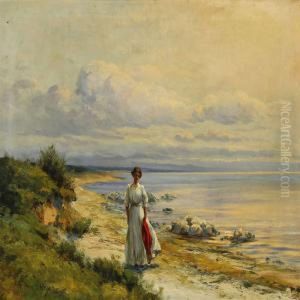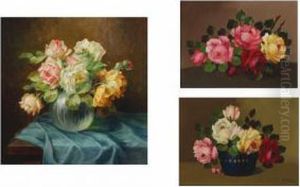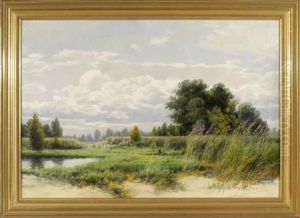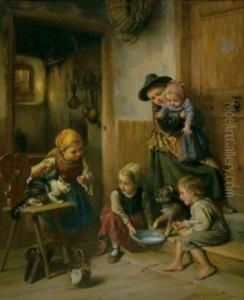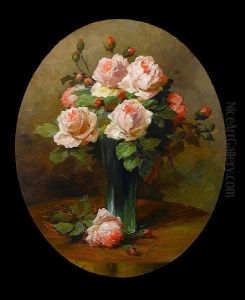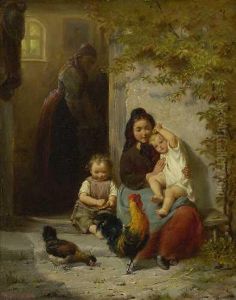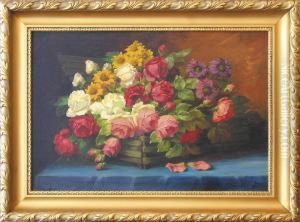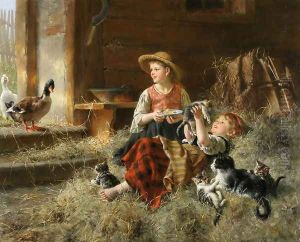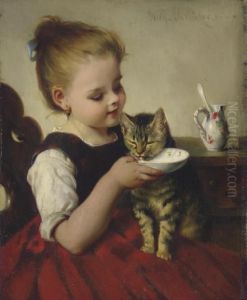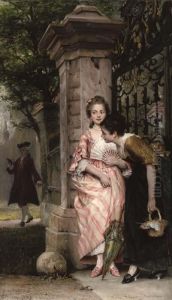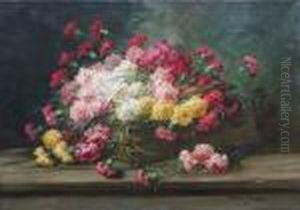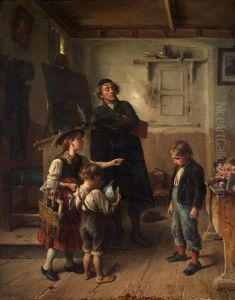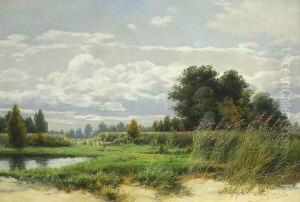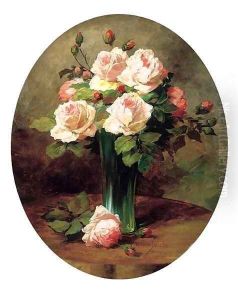Wilhelm Schutze Paintings
Wilhelm Schutze, born in 1840, was a German artist known for his contributions to painting and illustration during the 19th and early 20th centuries. Schutze's work is characterized by its detailed realism and often pastoral themes, reflecting the romantic tendencies of his era. He studied art in Germany, where he was influenced by the German Romantic movement, and his works often depict the natural beauty of the German countryside.
Schutze's career spanned a period of significant change in the European art world, from the late Romantic period through the rise of Impressionism and the beginnings of Modernism. Despite these changes, he remained committed to the detailed and realistic depiction of his subjects. His paintings and illustrations were celebrated for their precision and depth, capturing the subtleties of light and shadow with a meticulous hand.
Throughout his life, Wilhelm Schutze exhibited his work widely across Germany and other parts of Europe, gaining recognition and accolades for his artistic skill. His legacy includes a diverse collection of works, from landscapes and pastoral scenes to detailed portraits and narrative pieces. After his death in 1920, Schutze's work continued to be appreciated by art historians and collectors, particularly those with an interest in the German Romantic tradition and the transitional period of European art at the turn of the century.
Despite not being as widely recognized today as some of his contemporaries, Wilhelm Schutze's contributions to the art world remain significant. His dedication to capturing the beauty of the natural world and the human experience has left a lasting impact on the art community, inspiring future generations of artists to explore the intricacies of realism in their work.


